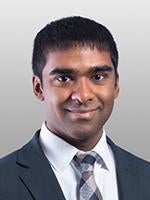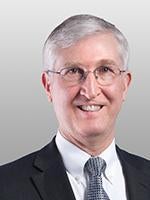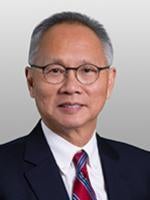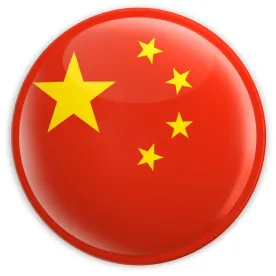As the dramatic political shifts in Washington captivate the world, and the US reconsiders its traditional global leadership role, Chinese President Xi Jinping is positioning China to increase its own global role and influence. In a highly touted speech at the World Economic Forum in January, Mr. Xi mounted a rousing defense of economic globalization (though some business executives fighting market access barriers in China found more than a touch of irony in the rhetoric). Similar themes were echoed during the annual dual meetings of the National People’s Congress and the Chinese People’s Political Consultative Conference—also known as the “Two Sessions”—last month. At the same time, Mr. Xi has sought to engage with the new Trump Administration and bring a measure of stability to China’s external environment, meeting with U.S. President Donald Trump earlier this month at Mr. Trump’s Mar-a-Lago resort in Florida.
It is against this backdrop that China is preparing for its own leadership transition later this year. The interplay between political transitions at home and abroad could present a complex and intriguing plot for China watchers in the months to come.
This fall, the 19th Party Congress will meet to appoint the new senior leadership of the Chinese Communist Party (“CCP”), and Mr. Xi will undoubtedly begin his second five-year term as CCP General Secretary. The Party Congress convenes once every five years to elect the more than 200-member Central Committee of the CCP, which is formally the highest authority within the Party. Afterwards, the newly elected Central Committee will hold its first annual plenary session, during which it will appoint or elect individuals to the Party’s most important leadership positions. Although top Party leaders determine the rosters in advance, the political process is an important piece of political theater displaying the Party’s commitment to intra-Party democracy and democratic centralism. In addition to appointing and confirming the make-up of various Party commissions, organs, and the CCP Secretariat, the Central Committee will elect the General Secretary, members of the Central Military Commission, the 25 members of the Politburo and, most importantly, the now seven members of the Politburo Standing Committee. Under the leadership of the General Secretary, the Standing Committee is where true power ultimately resides within the Party and, in this one party state, within the entire Chinese political system.

During Hu Jintao’s administration from 2002-2012, the Standing Committee was widely seen as a leadership body where decisions were made by consensus. Some view Mr. Xi as having changed that, reducing the number to seven members and consolidating power in a more visibly hierarchical institution. Meanwhile, others such as Alice Miller at the Hoover Institution, believe that the collective leadership model for decision-making remains intact under Mr. Xi. In any case, after the Standing Committee makes a decision, the Secretariat and lower leadership organs implement its mandate. Members of the Standing Committee typically have powerful roles in other parts of the government and Party apparatus that reflect their work portfolios. For instance, as the Premier, Standing Committee member Li Keqiang leads the State Council (composed of the Chinese government’s ministers and other heads of agencies) and is responsible for macroeconomic policy, particularly economic reform—though some believe that Mr. Xi has taken over some of the economic portfolio in the past few years. Standing Committee member Wang Qishan is now the Party’s renowned anti-corruption czar and unofficial Party whip, and correspondingly holds the position of Secretary of the Central Disciplinary Commission. Mr. Xi Jinping, for his part, is General Secretary of the Chinese Communist Party, President of the PRC government, and the Chairman of the Central Military Commission.
Decisions regarding the composition of the future Standing Committee will convey crucial bits of data, such as the potential identity of Mr. Xi’s successor or, alternatively, whether Mr. Xi plans to stay on past 2022, contravening the Party’s informal two-term limit that has developed in recent decades. Observers will be watching to see if Wang Qishan stays on the Standing Committee or transitions to another role, despite being past the traditionally understood retirement age. There is also some speculation as to whether power on the Standing Committee will be further consolidated through another reduction in its size. In 2012, the number of seats on the Standing Committee was reduced from nine to seven.

During his first term, Mr. Xi has accumulated an unprecedented level of political power for the post-Deng era, and has recently been referred to as the “core leader” of the Chinese Communist Party, essentially equating Mr. Xi’s policy views with the Party’s. The eventual selection of the Standing Committee will likely be a confirmation of Mr. Xi’s dominance, but analysts will be looking closely at its particular composition and size to determine whether other intra-Party factions still hold sway. Speculation will continue to build as the fall meetings approach.






 />i
/>i

